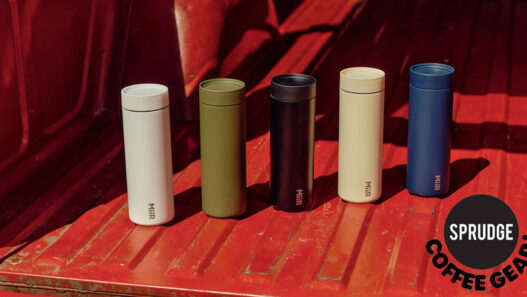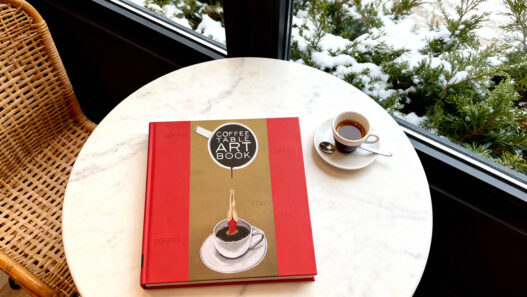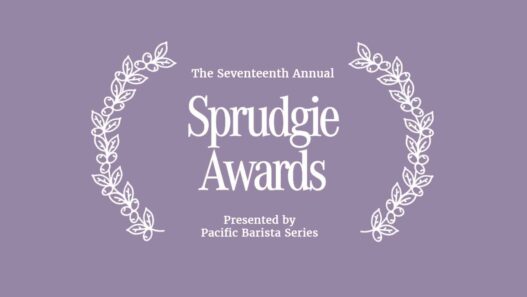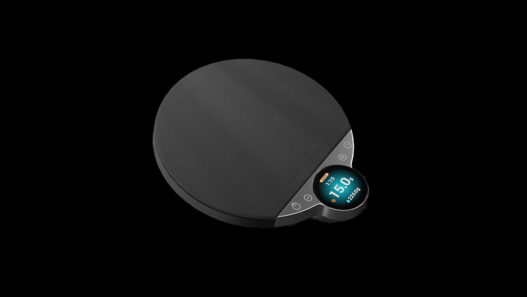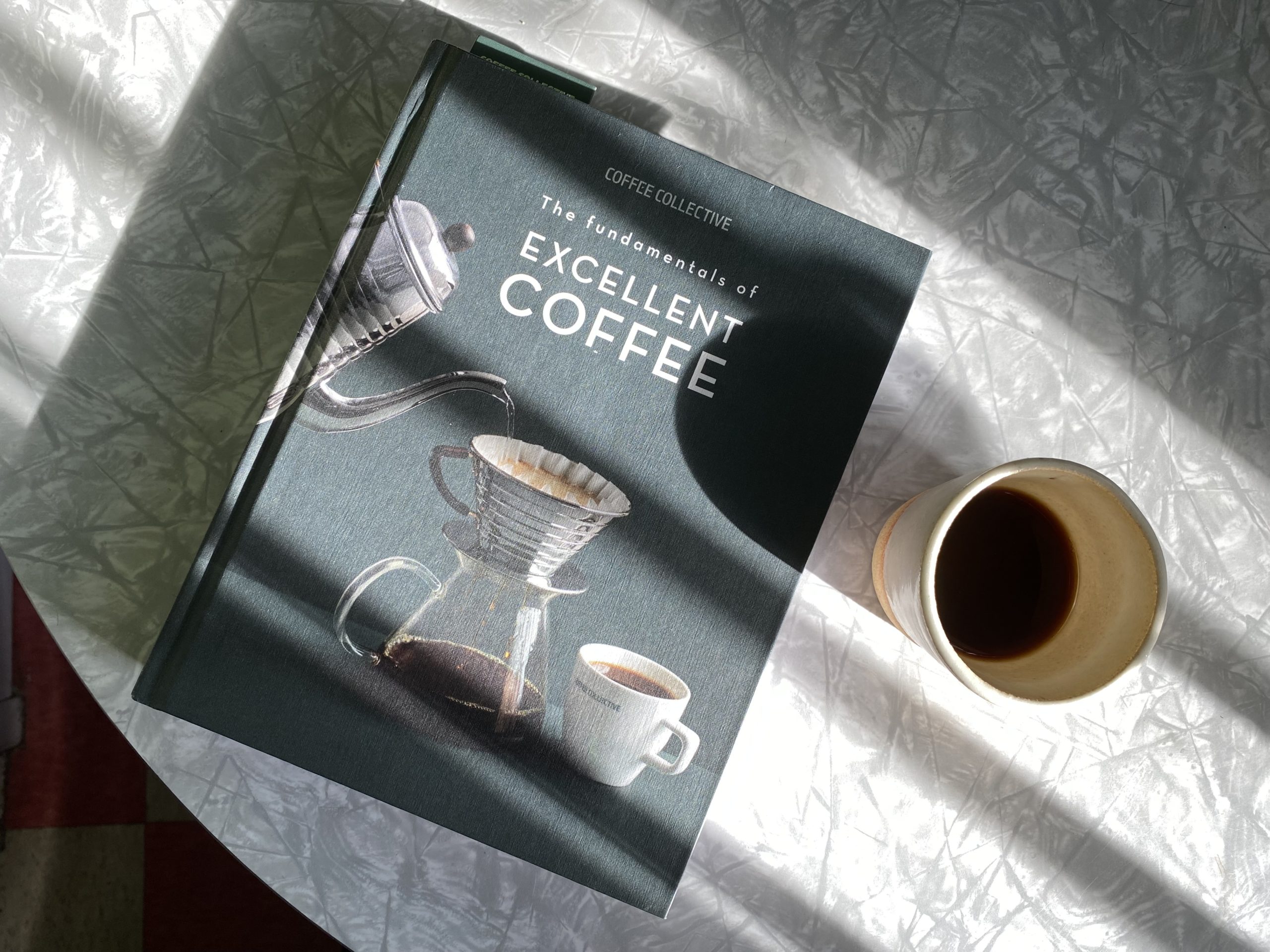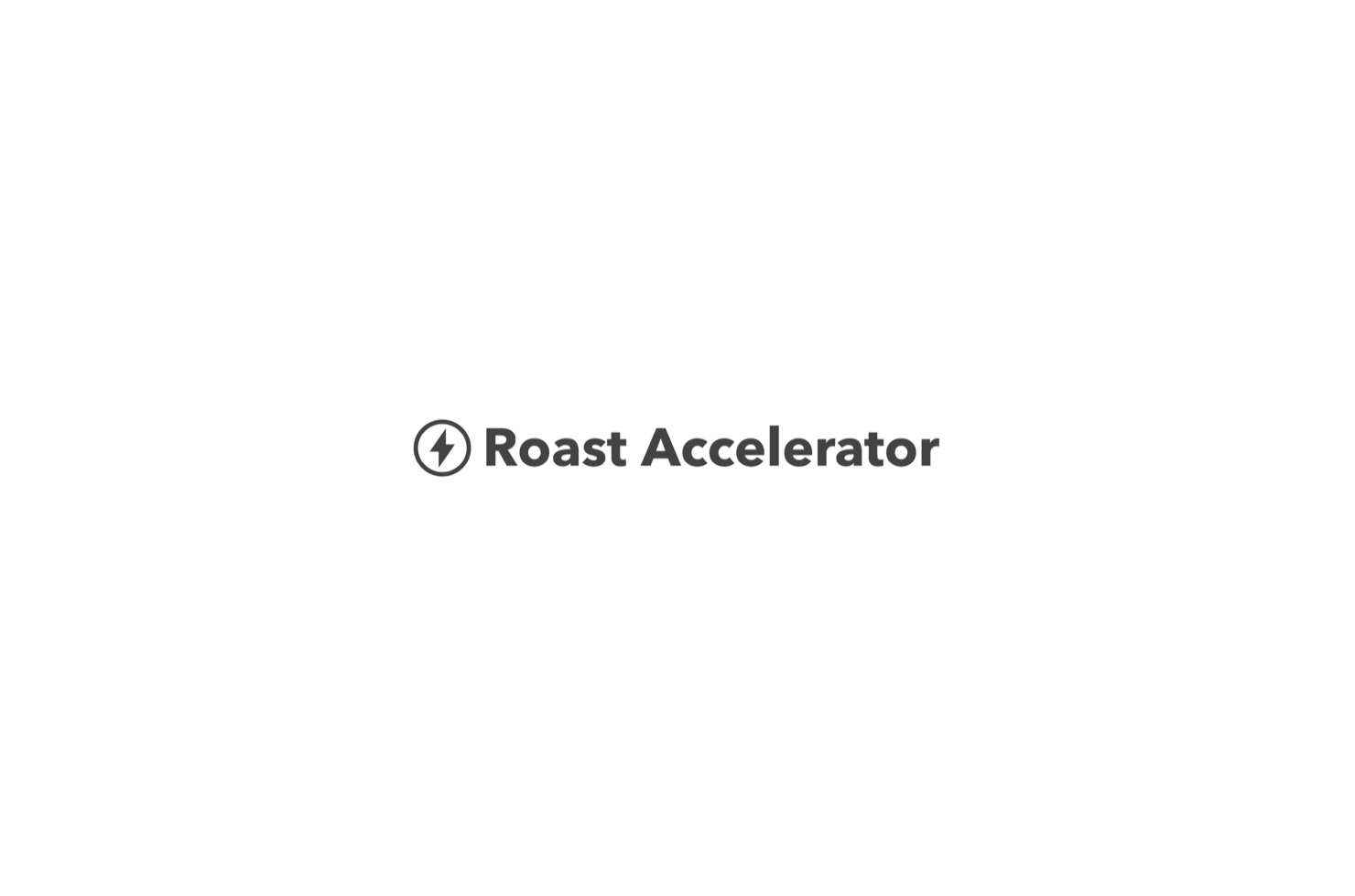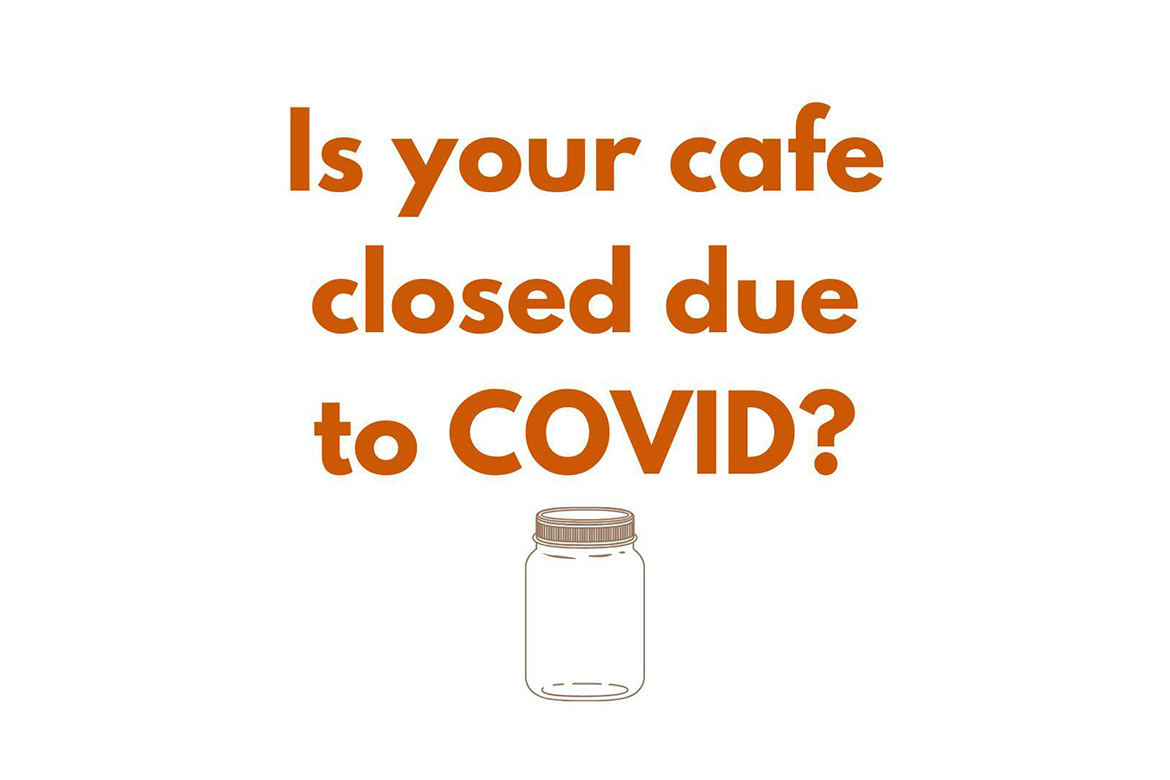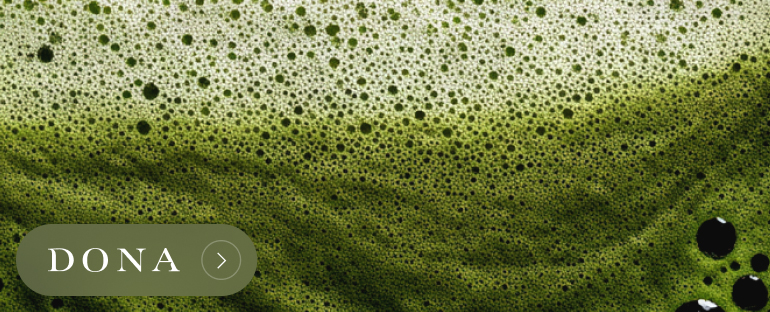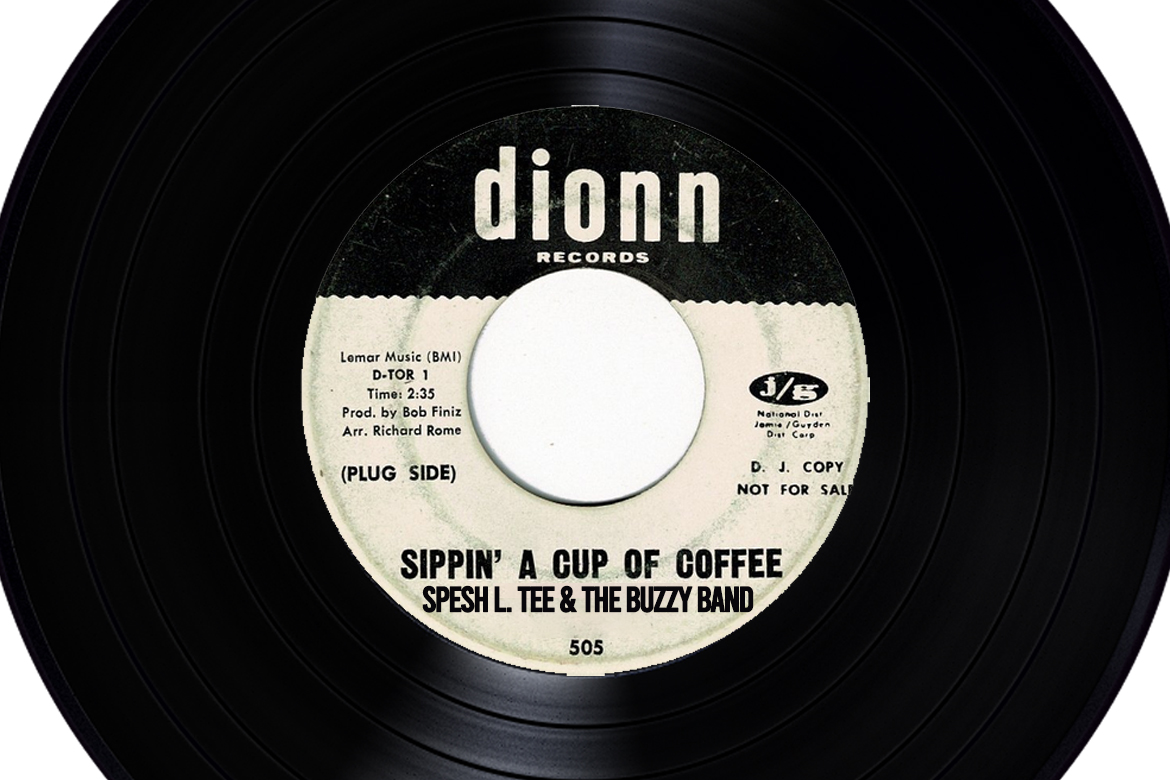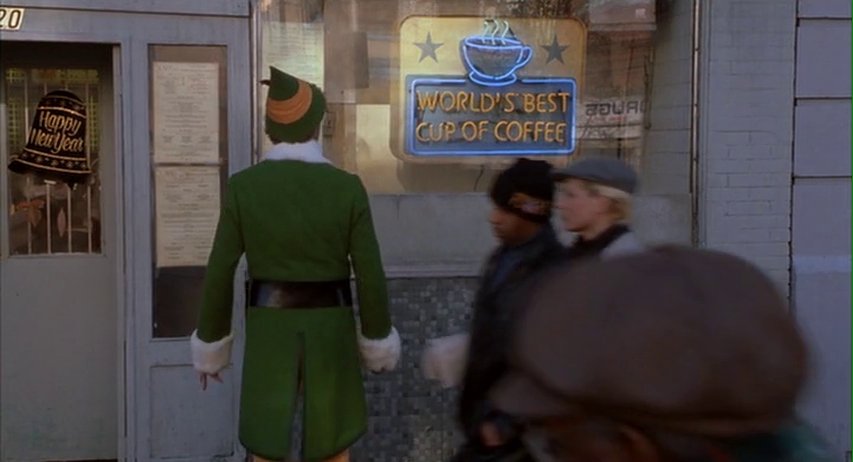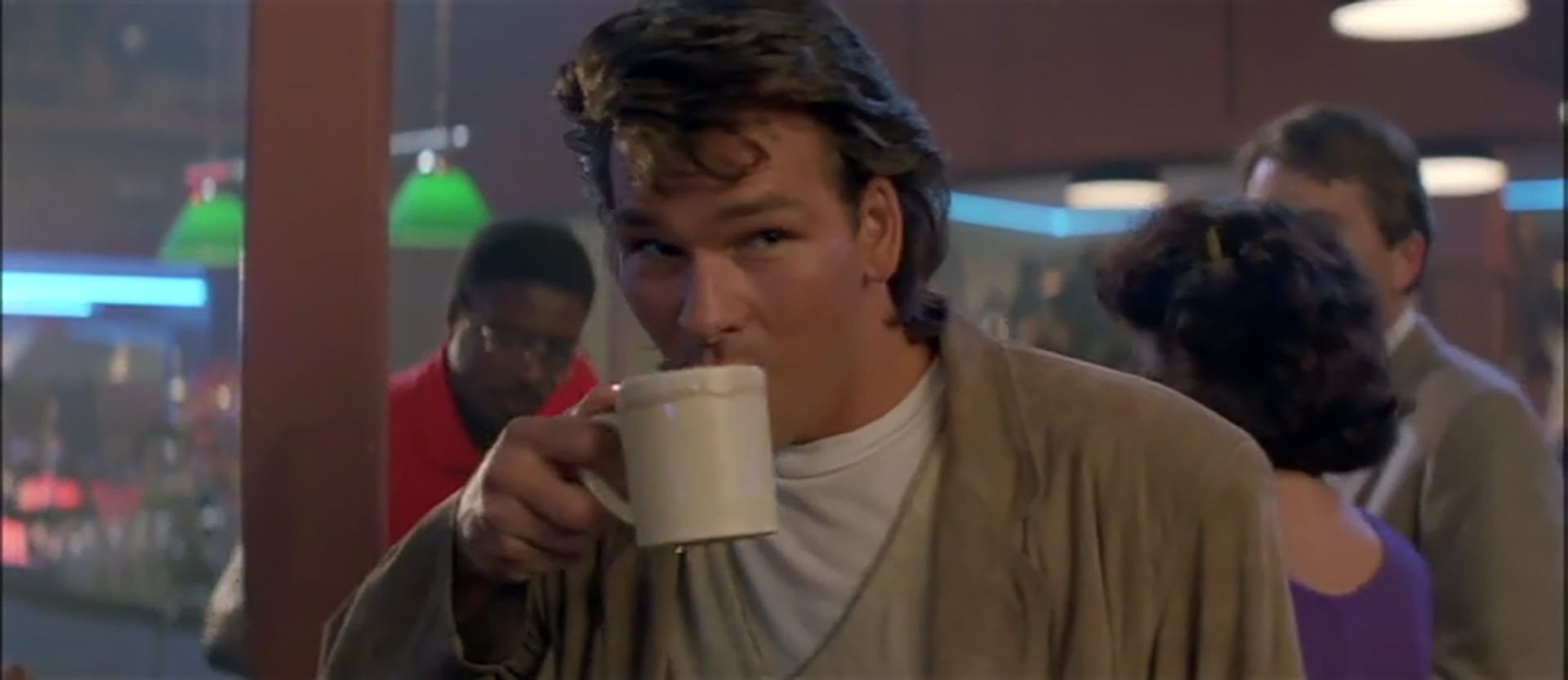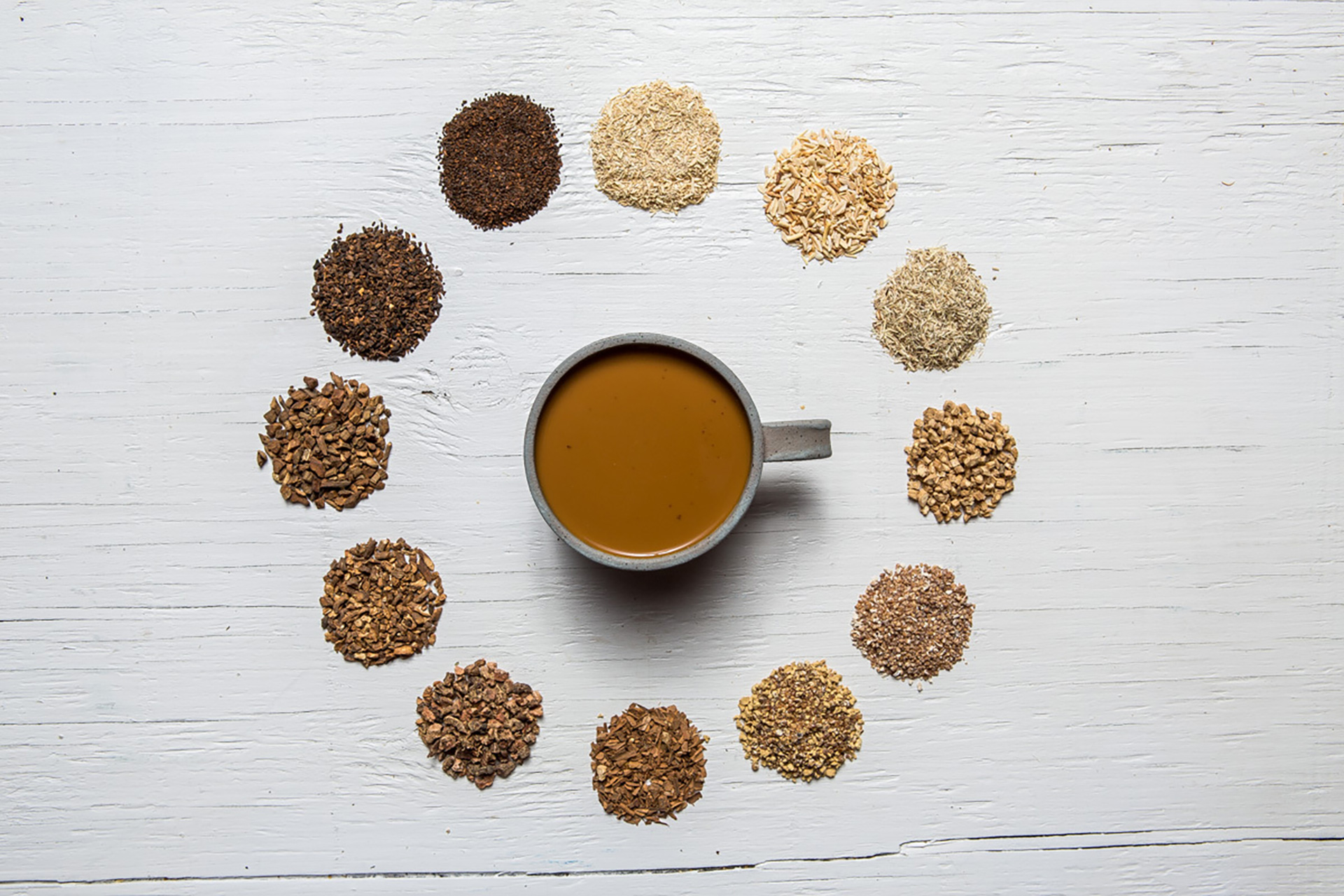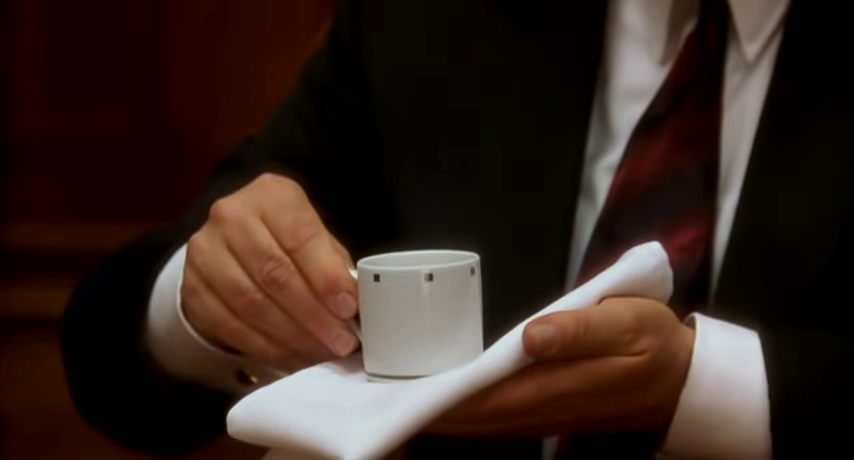Coffee books. We’ve all written one, am I right? But what we haven’t all done is launched one of the world’s most esteemed and progressive coffee roasting companies, written an insightful guide to all things coffee, then revisited and revised it with our updated knowledge ten years later. Fortunately, none of us need feel the pressure to achieve this, because the team behind Copenhagen’s Coffee Collective already have. Sprudge sat down virtually for a chat with Coffee Collective‘s Klaus Thomsen to talk about his crew’s updated edition of their book God Kaffe, and its new English translation, The Fundamentals of Excellent Coffee.
Sprudge: Is it safe to say God Kaffe was the first coffee book of this caliber written originally in Danish?
Klaus Thomsen: Yes, a lot of other smaller books but none of them were thorough. That’s why we wanted to write the book originally, we saw a lack in the market of something on specialty coffee, for creating good coffee. We’ve heard from a lot of people that it played a big part in their coffee career or growing up in coffee!
It conveys our ideals in coffee in a lot of ways, in terms of taste, transparency, how to brew coffee. We try not to be preachy. We try to say this is maybe a little “our take” on it, or that this is our preference, but there is room for other ideas. But I think you make the market a little bit and you kind of teach what is right through that kind of writing. Our way of writing is not “this is how it is.”
What was a challenge in conveying these things into English?
It was mostly cultural things. We knew we were going to translate into English, but we wanted to do our writing in Danish, our native language. But we thought about—when we talk about water in the Danish original version, it was only based on Danish water, and things that were relevant for Danish people, but now we had to write it with an international audience in mind. And when we talk roast styles, we should make sure everybody understands where are we at, knowing that we have a Scandinavian palate that’s very different than Japanese or even Southern European taste preferences. We’re much more accustomed to acidity in Scandinavia, we really like acidity in all things. But we also felt that’s a strong point that we really want to share, so people get a glimpse into what do WE like, and what is our take on coffee?
We found a super good translator, and I think this one really did an amazing job on being very true to our original writing.
Continuing on language, tell us about smag [‘smaej], the Danish word for the sensation of taste on the tongue, but that also encompasses an overall experience of taste, including flavor.
We put that right in the beginning of the book because we think ultimately for you as someone who wants to enjoy coffee, that’s what it’s about! I think it’s really important that people straight off the bat get into that, because they’re going to read the rest of the book while drinking coffee.
It really surprised us how interesting that [section] is to people, it’s not just about coffee but it’s for everything. Get these categories [for tasting and describing tasting], and then we can always dive deeper into the exact aromatics, or what type of berries it is. Everything else we do for you in the end should result in something that tastes better, and if you can get more in tune with how you taste, you can let your taste be a guiding parameter, your own compass. Should I grind finer, or should I use this brew method, do I like natural or do I like washed? Instead of letting us tell you everything, you can let your own sensory apparatus be your guide as to which path you want to take.
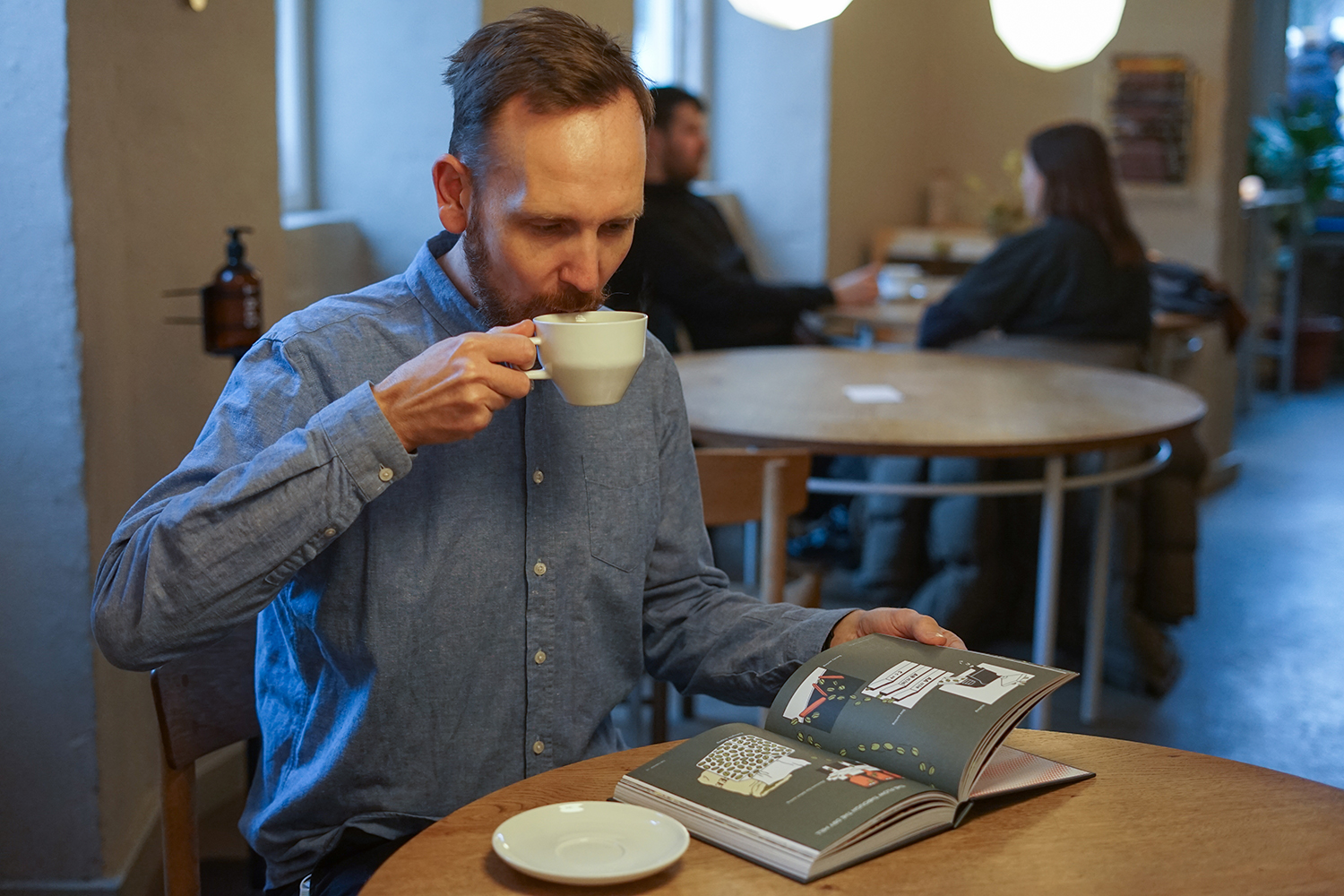
There are a few barriers people perceive when it comes to making quality coffee at home, what do you think the biggest ones are?
I think one of the biggest ones is this whole “oh if we’re going to make fancy coffee we need to invest a lot in equipment,” which I’ve always kind of resented. I grew up with a dad who brewed on a $4 plastic funnel and Melitta filters and a hot water kettle. So he was doing hand pours, but I think it is much more about getting some of the basics right. Water, grinding, buying good coffee first and foremost.
As for making it kind of accessible—there’s a few basic things you should know, and it doesn’t need to be that difficult. If you just choose convenience and you take a capsule, I feel like you’re cheating yourself out of some experience. I mean, I don’t churn my own butter—convenience has its place—but I don’t eat canned vegetables, for example. Why would I?
I sometimes feel these recipes can be a little alienating, but that’s why we included so many brew methods, hopefully people have at least one of these in their house, maybe we can get them to have just a little bit of fun with it. At least you can do something that engages you and is tasty for you.
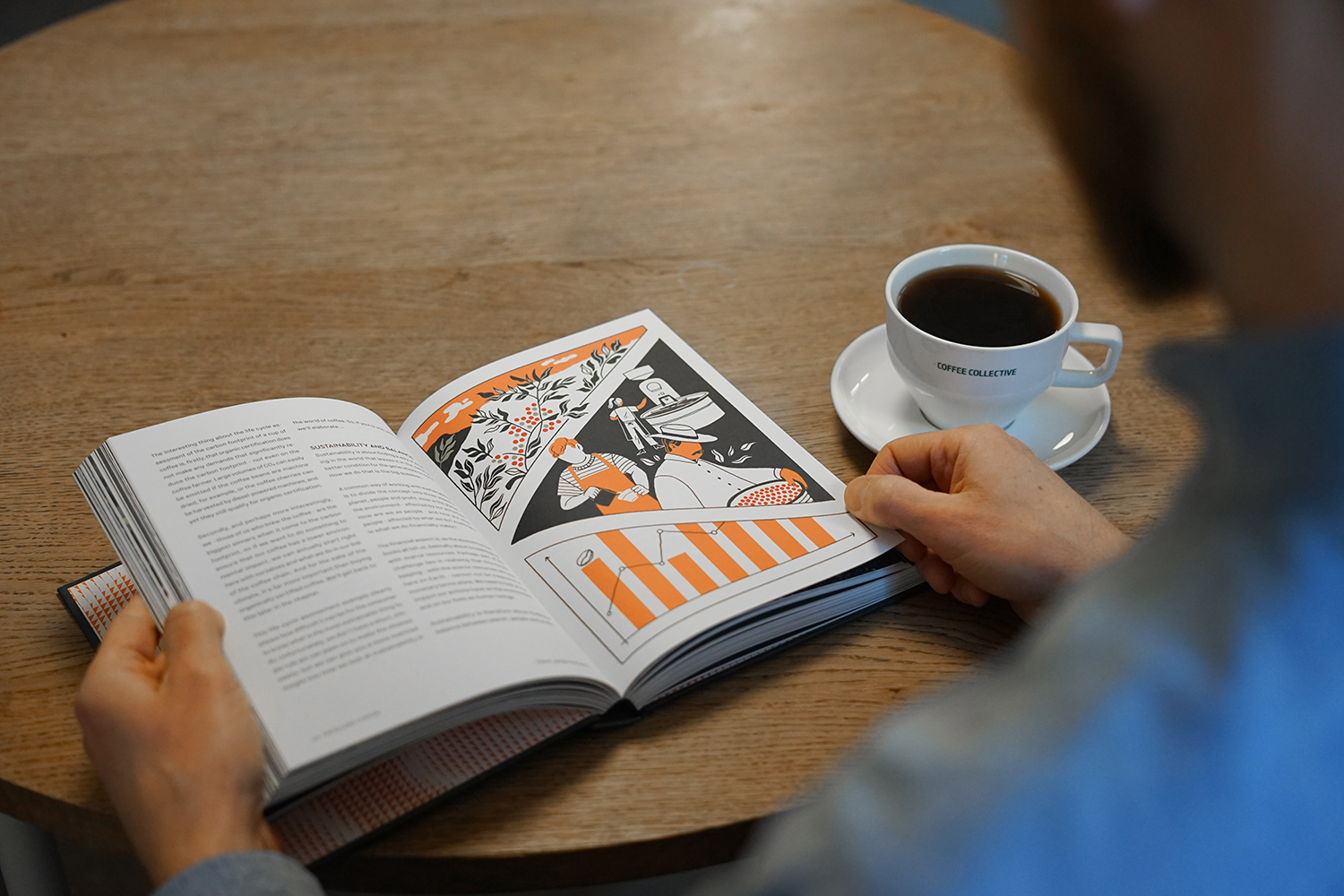
We love that the book has lots of small useful tips, like adding a small amount of acid (like a splash of lemon juice or pinch of citric acid powder) to temper hard tap water for better brewing at home. Did you do a lot of fun tinkering updating the recipes and tips?
One of the recipes [updated after seeing the Workshop Coffee recipe] is the Clever—it’s better! We all learn from each other, this is a huge benefit to the industry, is that we share these things and we are open and we see something and it inspires you.
Getting back into it—both testing new recipes and retesting all the old recipes, I spent so much time during lockdown with the whole kitchen filled up with coffee brewers, and it’s not a big kitchen! It was good that I could do it at home and have that kind of calm space, and using home grinders. It was fun because you start to really geek out and it was sort of invigorating feeling that “oh yeah this is what I love about coffee” feeling. That you can take the same coffee and brew it 20 different ways with 20 different results, but also that you can manipulate it more, you’re so much part of the equation.
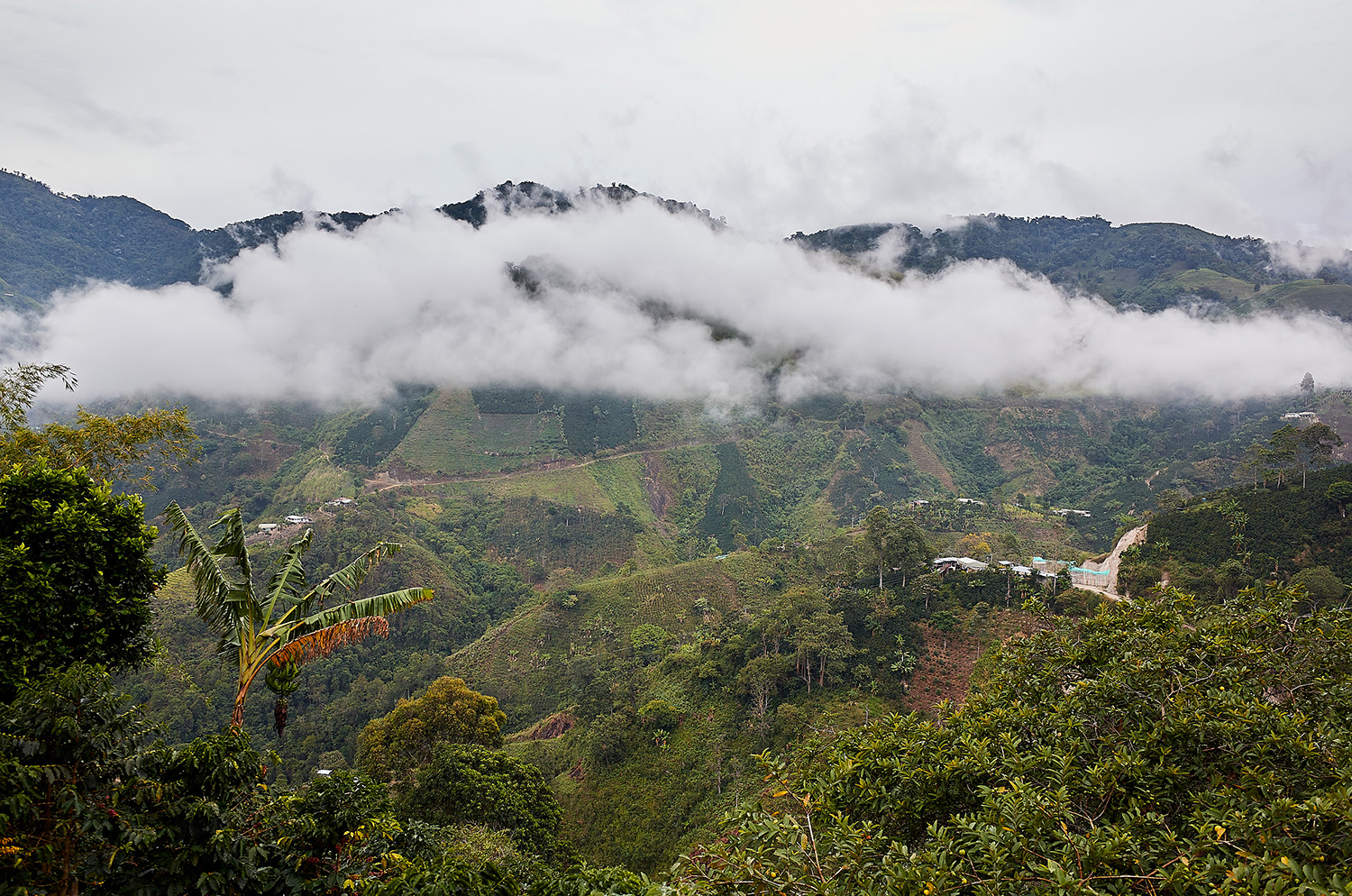
With all the info about coffee already online, does someone need a coffee book?
I do think the online community is fast paced, but that’s also the downfall of it. For you to get a deep understanding, some of the information hasn’t changed in the last 10 years. I do think you end up in a different place mentally when you sit down with a book and you have that time and calmness around taking that information, building your own pictures in your mind as you’re reading through it, logging it differently in your brain rather than when you’re in a fast-paced edit of what you have to retain.
I think it has a different place. There’s something about—which goes very hand in hand with where coffee is—there’s something in line with the physicality of a book, there’s a tactile feeling, there’s a different kind of aesthetic experience than holding your phone or watching something on Instagram. It’s one thing going in for a quick caffe latte on the go, and it’s another to grind your coffee and pour into the Kalita and having that moment of being away from the bombardment, it’s a little bit of a break from a chaotic world. That’s it’s the same thing I get from a hardcover book, it’s a little bit of a break and a little bit of a real thing.
And personally I really love hardcover books, I love proper books. I read quite a lot, mostly non-coffee literature. There’s just something about it.
Liz Clayton is the associate editor at Sprudge Media Network. Read more Liz Clayton on Sprudge.
Photos courtesy Coffee Collective.




